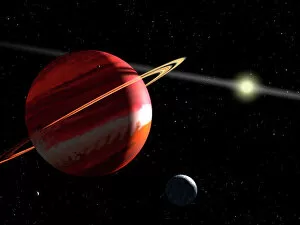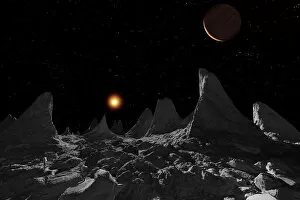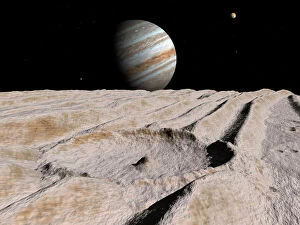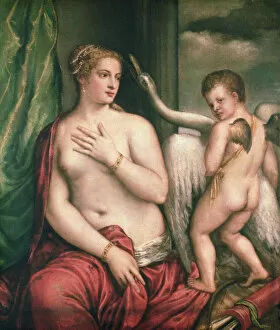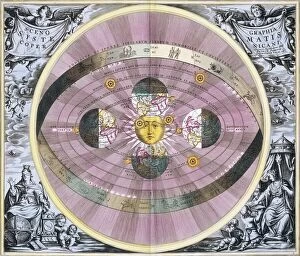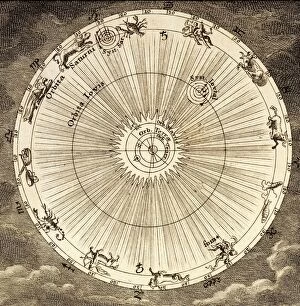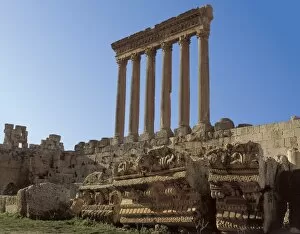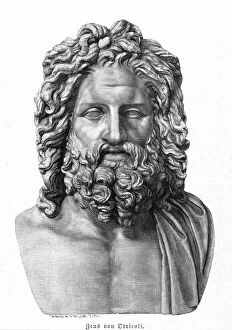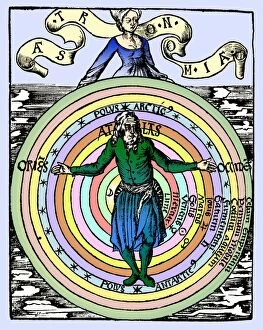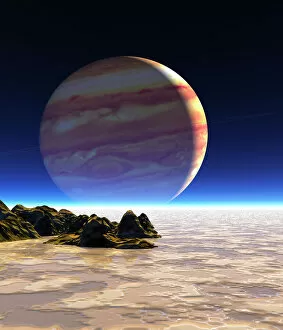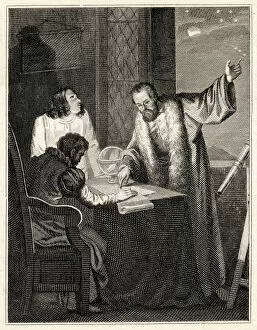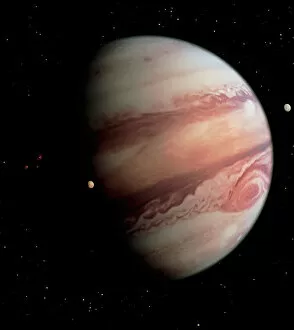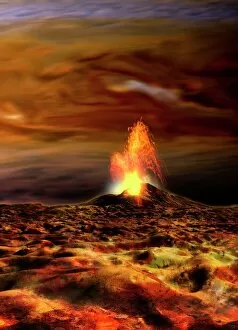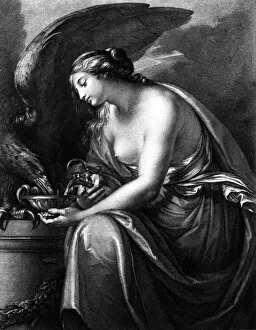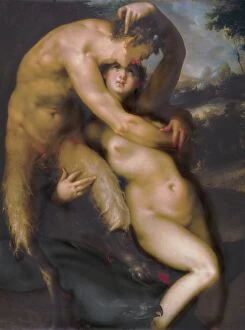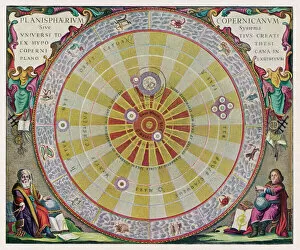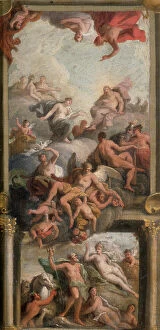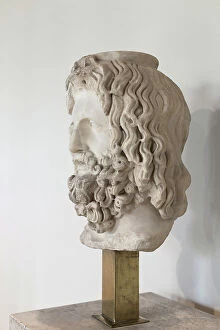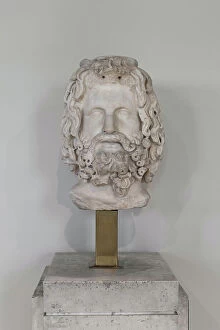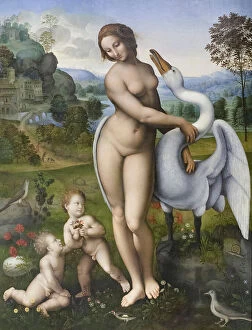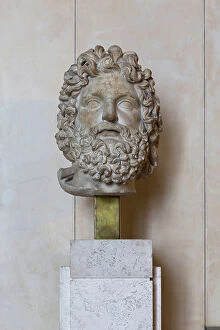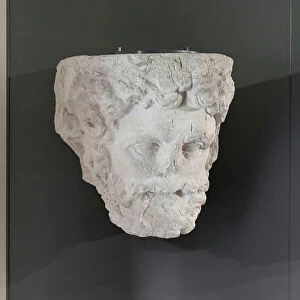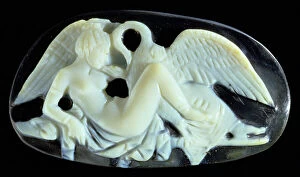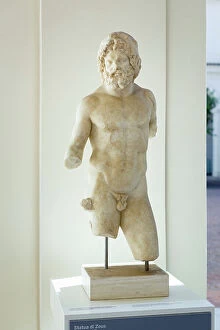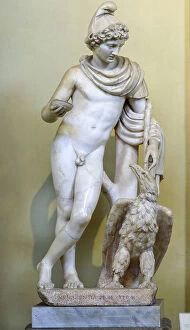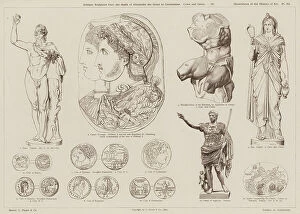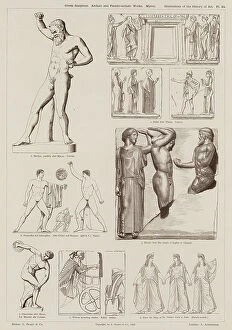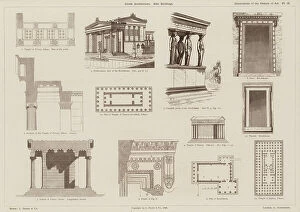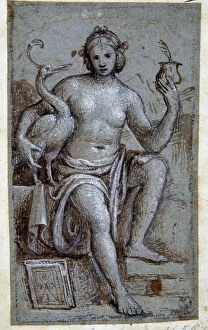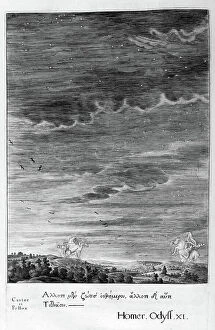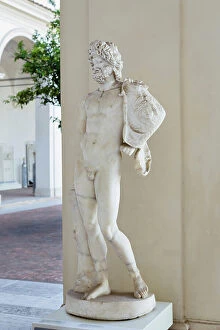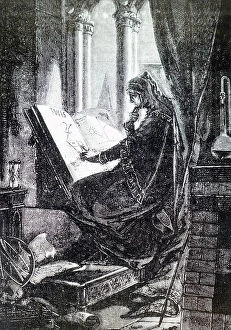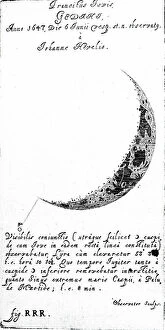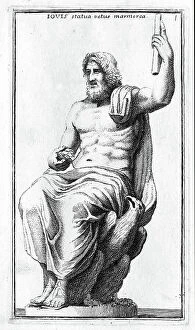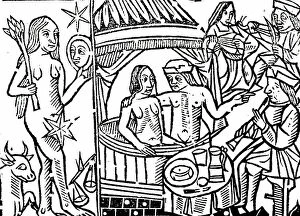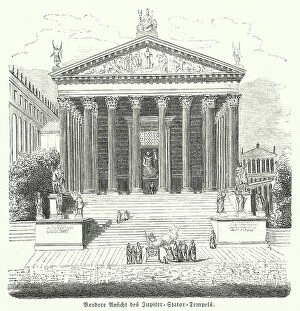Jupiter Collection (#2)
"Jupiter: A Celestial Giant Unveiled Through Time and Space" In the intricate lines of a palmistry map of the hand
For sale as Licensed Images
Choose your image, Select your licence and Download the media
"Jupiter: A Celestial Giant Unveiled Through Time and Space" In the intricate lines of a palmistry map of the hand, ancient civilizations sought answers about their destiny. But little did they know that within our own solar system lay a planet so grand, it would capture the imagination for centuries to come. The Catalan Atlas from the 14th century depicted a world where Jupiter held its place among other celestial bodies in an awe-inspiring artwork showcasing our Solar System's vastness. It was here that we first glimpsed the sheer magnitude of this gas giant compared to its planetary counterparts. As we explored further, New Horizons gifted us with an image capturing Jupiter and its moon Io in stunning detail. The swirling storms on its surface seemed like abstract art painted by nature itself, leaving us mesmerized by this colossal beauty. Even early maps of the Moon from 1810 couldn't overshadow Jupiter's significance in our cosmic neighborhood. Its presence loomed large as it stood at the center of our Solar System, radiating power and majesty. Artistic renditions allowed us to envision what it might be like to witness Jupiter from one of its moons - Europa. The distant glow against a backdrop of infinite darkness evoked both wonder and curiosity about what secrets lie beneath those turbulent clouds. Epicycles traced by Mercury and Venus in 1823 reminded us that even though we are bound to Earth, there is a whole universe out there waiting to be discovered. And at the heart of it all stands mighty Jupiter, commanding attention with every orbit around the Sun. Voyager 1 ventured into uncharted territory and captured an iconic photo - a testament to human exploration reaching new frontiers. We marveled at how this massive planet coexisted harmoniously with its numerous moons while casting their shadows upon each other's surfaces. From ancient palmistry maps to modern space probes, humanity has been captivated by the enigma that is Jupiter.


